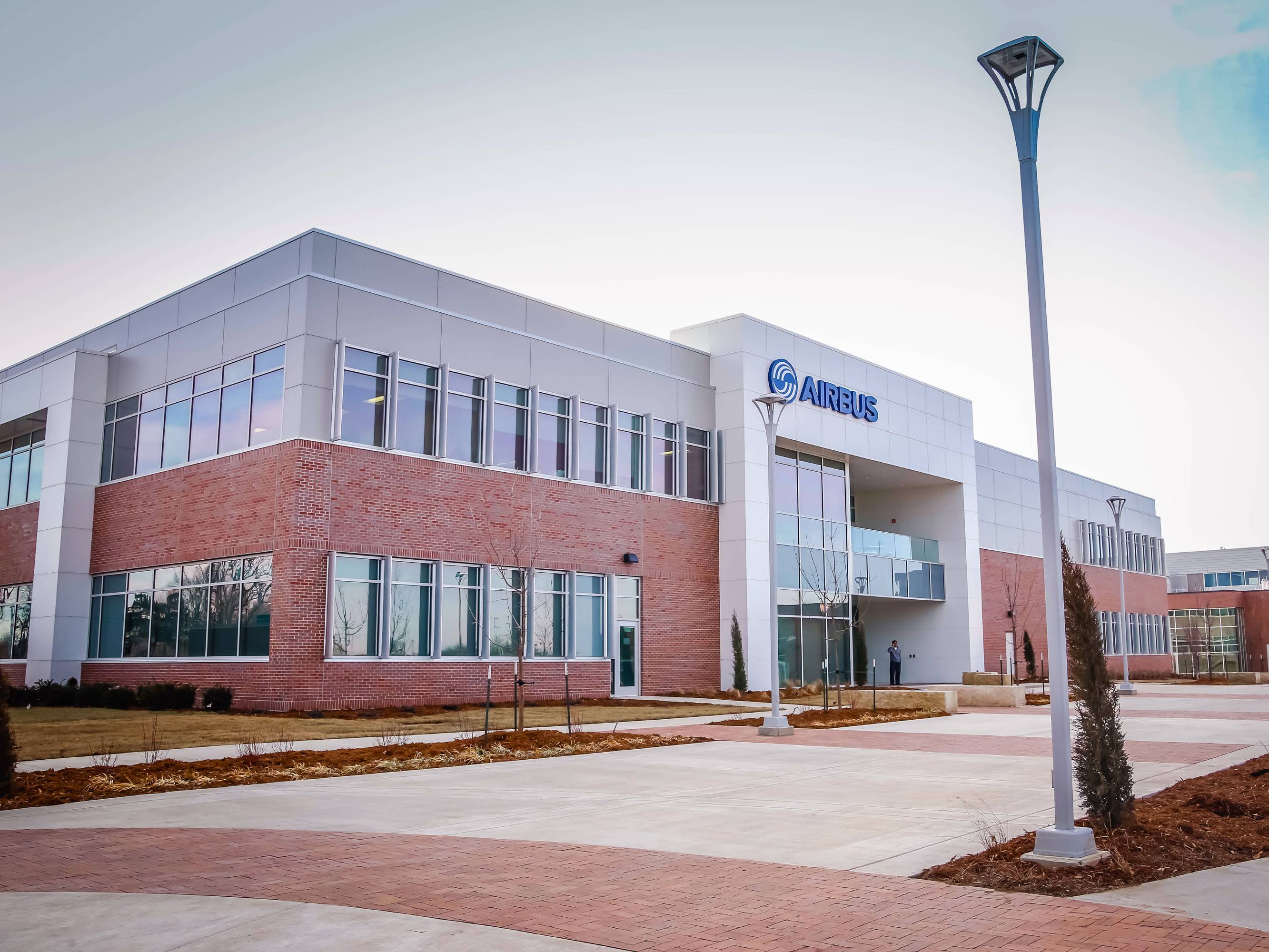Public-private partnerships as an important tool in university growth
Public-private partnerships, known as "P3s," are a well-established method to secure
alternative funding to direct public investment and are not new to higher education
nor to Kansas.
P3s are all around us, in research collaborations, bond financing, tax incentives, and investments. And as seen at the three public research universities in Kansas, P3s can be a valuable tool to develop infrastructure when public funds are stagnant.
The Central District building project at the University of Kansas, the K-State Office Park in Manhattan, the NIAR Aircraft Structural Test & Evaluation at the former Kansas Coliseum, and the Airbus building on Innovation Drive at Wichita State are all differently structured examples of P3s.
P3s have been used for many years by state universities and other public agencies to reduce risk in building or operating facilities intended to benefit the public. In one commonly used definition, P3s refer to a variety of contracting arrangements between a public entity or non-profit and a private sector entity to finance, construct, renovate, manage, operate and/or maintain infrastructure, https://wsu.news/P3s.
Universities across the country have often used P3s to build residence halls, academic buildings, research laboratories and multi-use recreational facilities to benefit students and/or the public. There is no universal norm or preferred model on how P3s are structured. In the case of infrastructure expansion, such as with several new buildings at WSU, private developers of P3s assume initial costs and risks in exchange for an anticipated long-term income stream from the tenants.
Here at WSU, we use a variety of models involving partners as developers or tenants. Examples include:
- The Law Enforcement Training Center – a public-public partnership between the WSU Criminal Justice Program, Sedgwick County Sheriff's Department and the Wichita Police Department.
- Airbus Wichita – a public-private partnership between WSU, Airbus and development firm MWCB LLC.
- The Experiential Engineering Building – a publicly financed and run educational building that also houses private companies and a non-profit that support WSU's applied learning mission.
When it comes to these partnerships, the question is often: Why are we creating these partnerships to begin with? The answer: Because at WSU, like so many universities across the country, we feel we can accomplish more on behalf of students and the public if we can construct or use buildings without taking on additional bonding or significant financial risk.
Public-private partnerships are sometimes incorrectly portrayed as an effort to privatize public land. If this were true, then traditional government bond-financing would lend itself to the same incorrect “privatization” argument. In reality, when the university sells bonds to build buildings, such as Shocker Hall, private parties still profit – attorneys, financial firms, bondholders, architects, builders, furniture and equipment providers, etc. The true difference is that, without a P3, the university is the one carrying all of the risk.
WSU hasn't used a single tuition dollar to finance P3 buildings.
The P3 model allows WSU to minimize its financial burden and risk while ensuring a valuable return on investment to WSU. In cases where we are leasing land to private developers, as with the Airbus building, The Flats residence hall or the Student Wellness Center and YMCA, the land is still owned by the state and will be available for future use.
At the end of each lease, the university gains the improvements on the land for its own use. The university hasn't sold a single square foot of land to create these buildings or surrounding infrastructure. We have no intention of selling our land, nor could we even do so without Legislative approval.
We also haven't used a single student tuition dollar to finance P3 buildings built by private developers. When the university uses facilities for its core educational purposes, such as the student labs in the Experiential Engineering Building, it properly uses university funds, some of which come from students.
Wichita State Innovation Alliance Inc. (WSIA) was established as a nonprofit organization to manage relations with partners locating on campus. Agreements entered into by the university and WSIA are subject to all applicable laws and are subject to the Kansas Open Records Act, Kansas Open Meetings Act, state audit and tax filings.
This is a common structure used in the management of P3s. The University of Kansas Central District project is overseen by a similar controlled, affiliated corporation.
The K-State Office Park “offers a prime location for corporate partners with a desire to tap into the opportunities available on the Manhattan campus,” according to the university's foundation.
The three Kansas research university construction projects are among more than 700 research, science and tech parks in development worldwide, according to the Association of University Research Parks.
Kent State University, for example, is planning a possible 10-year project that will cost more than $1 billion and include construction of new academic and other buildings, renovation of existing buildings, addition of green space and expansion of bike trails and walkways. More than half the cost of the first of three phases will likely be paid in part by a public-private partnership.
At San Diego State University, a proposed $3 billion development plan for the former San Diego Chargers stadium property will likely involve a P3 engagement. The project is set to include a new sports stadium, two hotels, 4,500 housing units and retail and office space.
And a $35.2 million plan to renovate the Stevens Center performance venue was recently approved by the University of North Carolina, a renovation will utilize private-sector partners.
The information on this page is accurate as of July 9, 2018. Comment on this topic.


